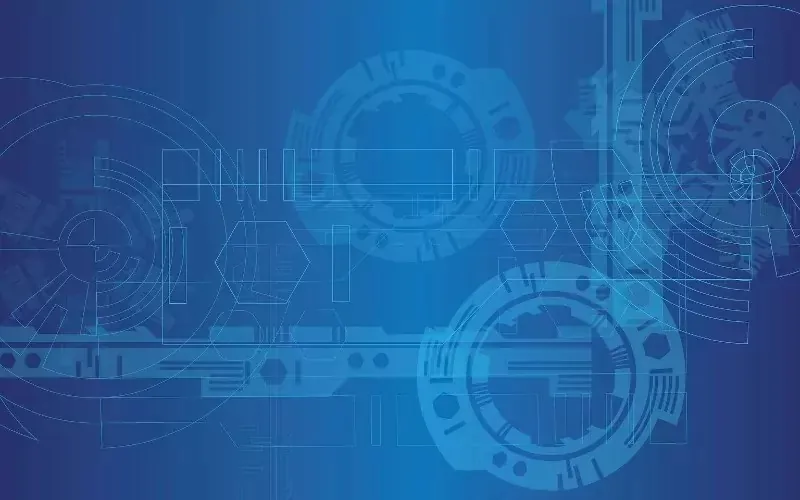In an era where big tech firms dominate, local taxi companies are finding ways to stand their ground. Through innovative technology, these companies are challenging industry giants.
Autocab, a leader in this shift, is revolutionising the taxi sector with its SaaS model, offering powerful tools to compete globally.
Embracing Technology to Compete
Local taxi companies are leveraging Software as a Service (SaaS) to compete against giants like Uber. Originating from a traditional taxi background, Autocab has transitioned into a SaaS-based company. Their innovation, the white label software iGO, is making waves across the industry, processing over a million bookings daily for 55,000 taxis in the UK alone.
According to Autocab CEO Safa Alkateb, this technological shift enables local taxi firms to level the playing field. While these companies remain regional, the technology allows them to offer services akin to those of national or global operators. This strategy effectively challenges Uber on its home turf.
The Power of a Connected Network
The iGO network showcases 450 local taxi firms across the UK, presenting a seamless travel experience for users. Take, for example, a passenger using the DG Cars app in Nottingham. Upon visiting Manchester, the same app connects them with Street Cars. The app processes the booking and payment, and DG Cars manages the financial transaction afterward.
This connectivity provides a competitive advantage, offering passengers the flexibility and convenience that even Uber struggles to deliver. Alkateb emphasises, “This is the future of mobility and transport and it’s just beginning in our industry.”
Leveraging Data and Analytics
A significant component of this innovation is the comprehensive analytics package. The taxi sector generates vast amounts of data, and analysing this data can identify key business improvements.
Alkateb notes, “You don’t have to talk to drivers or customers. By looking at analytics, you can identify the five or six things you need to do to fix your business.” This analytical approach provides insights necessary for maintaining competitive advantage.
Through the power of data, companies can pinpoint inefficiencies and optimize operations, leading to more informed decision-making and strategic planning.
The Challenge of Transitioning
Transitioning to a SaaS model was no small feat for Autocab. The company had to overhaul its entire infrastructure, a move fraught with risk but ultimately rewarding. Alkateb points out that while the transition was financially challenging, it was essential for survival.
The shift required selling some products upfront to manage cash flow, highlighting a common hurdle for businesses moving to SaaS models. The journey was complex, requiring strategic financial management and organizational resilience.
Financial Implications and Revenue
Now, with its SaaS transition complete, Autocab is reaping the benefits of recurring revenue. The company no longer faces the pressure of constant sales to maintain financial health. Instead, growth translates directly to profit, increasing company value substantially.
Alkateb humorously remarks on the relief of “seeing the money coming in,” albeit acknowledging the ongoing challenges of business management. The transition was pivotal, marking a clear line between survival and success.
A Vision for the Future
Autocab’s journey from hardware to SaaS illustrates the evolving nature of the taxi industry. With upgraded internal tools and a robust technological framework, the company is positioned strongly for future growth.
Alkateb’s confidence in the direction of the company and the broader industry reflects a commitment to continuous innovation. This forward-thinking approach ensures long-term success and relevance in a competitive marketplace.
By maintaining focus on technological advancement, Autocab exemplifies how traditional industries can adapt and thrive in a digital age.
Local taxis, armed with cutting-edge technology, are reshaping the landscape. By embracing SaaS, companies like Autocab have demonstrated resilience and adaptability.
This technological evolution not only ensures their survival but positions them as formidable competitors on a global scale.


